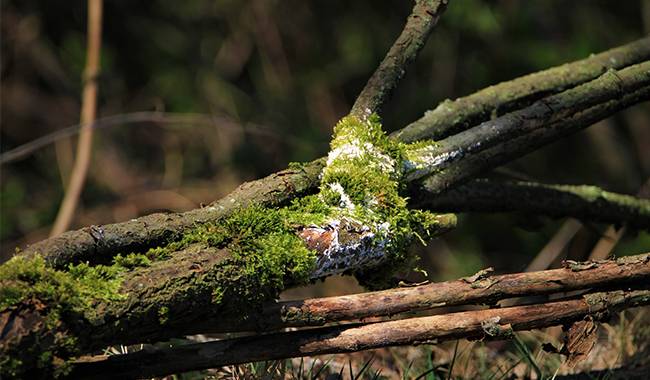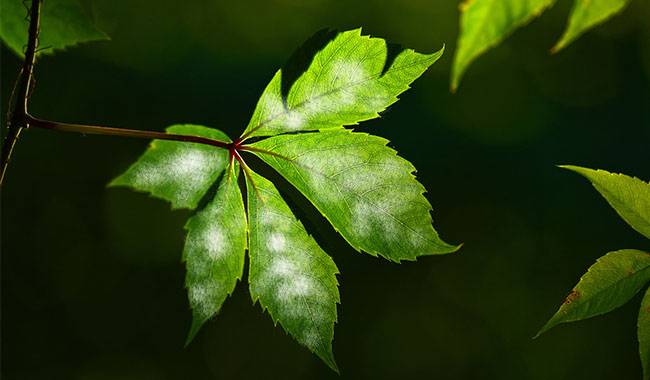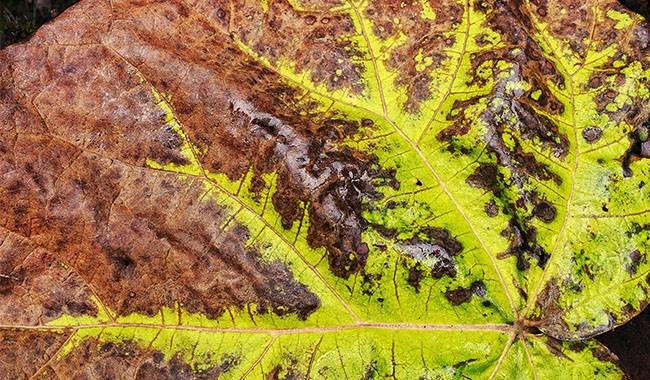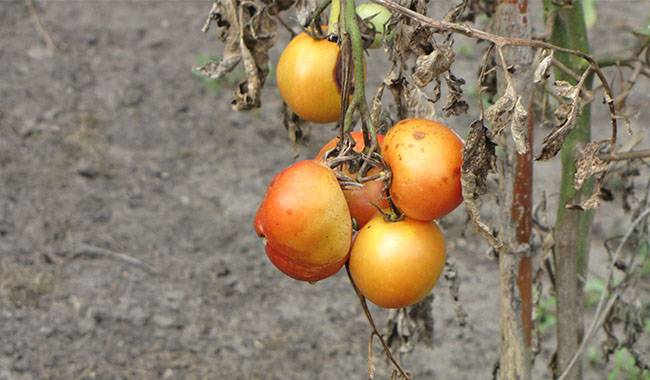
Verticillium wilt is a very serious fungal disease. The fungus that causes this dangerous disease is quite insidious, it can stay in the soil for a long time without causing any damage to the plant. But at some point, it can suddenly start attacking the crop, which often leads to the complete death of the plant organism.
In this publication, we will consider the main symptoms of plants attacked by this disease, as well as ways to prevent and control Verticillium wilt.
HOW DOES VERTICILLIUM WILT OCCUR?
Verticillium wilt, also known as Called Verticillium. It is caused by a fungus belonging to the genus Verticillium. Plants are usually infected by this dangerous fungus through the soil. Shoots are usually the first to be attacked because they cannot survive and are usually the first to die.
The plants most affected by Verticillium wilt are those that have various types of damage in the root system or on the lower part of the stem. These damages can be caused both by pests that live in the soil and by humans.
For example, when digging up seedlings from a nursery or transplanting plants to another location, inappropriate (too deep) tillage or overworking the soil near the trunk when planting seedlings.
Interestingly, the fungus that causes Verticillium wilt can survive in the soil for ten years and sometimes longer, so if the disease has become visible, it is best to keep the area black fallow for at least a few years.
In addition, the fungus can live for a long time in plant residues, including the remains of plants infected by it, so these should necessarily be removed from the site and burned behind their territories, not allowing the fungus-infected parts of the plant to enter the soil layer.
Once the fungus penetrates the root system or the lower part of the stem, it begins to spread aggressively along with the numerous xylem bundles as water and dissolved nutrients move upward through the plant.
If the soil is infested with this fungus, even seedlings that barely appear on the soil surface will die rather quickly, having previously twisted like a spiral.
This fungus develops most actively on soils with too much water (if the soil is overwatered or in areas with a shallow water table), and also in years when natural moisture falls excessively in the form of rain or fog.
Seasons with high diurnal temperature differences are also favorable times for fungal development. In addition, in neglected areas, where plants are infested with pests, the fungus is also very active.
In terms of temperature, the fungus that causes Verticillium wilt is particularly active at temperatures of 60-70°F (16-21°C) above zero.
If the temperature drops below 60°F (16°C), the fungus may stop developing, during which time you may notice new shoots forming in the plant that will quickly become infected by the fungus if the temperature rises.
The fungus that causes Verticillium wilt is also dangerous because it can attack a variety of plants, including vegetables, fruits, berries, and ornamentals.
It is common to see signs of Verticillium wilt on apricots, grapes, tomatoes, roses, chrysanthemums, lilacs, bromeliads, strawberries, and a host of different plants.
SYMPTOMS OF VERTICILLIUM WILT
The insidious and dangerous nature of this fungus is not only that the fungus can remain in the soil for a long time before and after infection, but that symptoms of infection, especially on perennials, are often not observed until one or even two seasons after the infection has occurred.
The occurrence of Verticillium wilt is usually only noticed after the shoots of the plant have started to wilt. Shoot death does not occur at the same time; while the plant may look generally well and even flower and fruit, other branches may have completely wilted at the same time.
Leaves on dying shoots first begin to wilt at the edges, creating marginal necrosis, and then the leaves wilt completely, much sooner than they should. This interferes with the photosynthetic apparatus and negatively affects the entire plant, weakening its immunity and reducing its winter hardiness (if it is a perennial).
Typically, the lower leaf flakes begin to turn yellow and die first, gradually killing all leaf flakes on the infected branches. If the plant is heavily infested with Verticillium wilt, often only the upper part of the plant is still alive.
If the infestation is severe, there will also be drying and shedding of the ovary or fruit to varying degrees of maturity, depending on the time of infection and the rate of development of the fungus in the plant.
It is sometimes possible to determine if a plant is infested with Verticillium wilt virus wilt by cutting off the shoot. Cuts can sometimes show intense tissue darkening, but unfortunately, this telltale sign is not always visible.
CONTROLLING VERTICILLIUM WILT
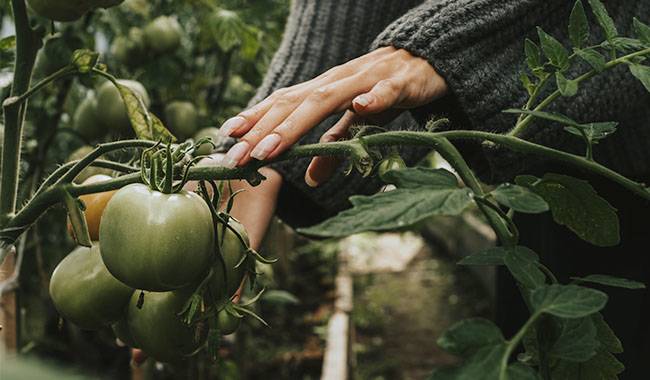
It can be very difficult to cure plants infected with Verticillium wilt and eradicate the fungus from the soil. If conditions are very unfavorable for the fungus, it can form sclerotia, which can form mycelium even during the dormant period.
With the formation of hardened cells, the fungus can survive in the soil for several seasons even if very unfavorable conditions are created for its survival.
Of course, the sooner you detect the disease and start fighting it, the better your chances of getting rid of it. Otherwise, the fungus can develop in the soil and spread aggressively, infecting more and more of the different plants grown on the site.
The first step in the fight against Verticillium wilt can be repeated (4-5 times) treatment with copper-containing preparations or approved fungicides. In the case of fungicides, it is best to start with a biological agent, such as a “microbial agent”, which inhibits the development of fungal and bacterial diseases in plant crops.
It is good because it has a contact and systemic action, does not cause addictive fungi, restores the soil microflora, and even eliminates the toxicity of the soil after the use of other chemicals.
Among the bio fungicides, Fitosporin-M generic (organic paste) belongs, and this drug can be used for seed disinfection because the fungus that causes Verticillium wilt often enters the soil and then enters the plant with the seeds infected by it.
Chemical fungicides are good choices in the fight against Verticillium wilt, a drug used to fight the fungus in the soil and disinfect the seeds and bulbs of flowers and plants.
Unfortunately, these and many other drugs are not always able to cope with Verticillium wilt. If it does not work, it is necessary to remove the plant from the site, treat the area where it is growing with a copper-containing preparation, and do not plant this plant in this area for at least five years.
PREVENTION OF VERTICILLIUM WILT
Of course, it is much easier to prevent the fungus that causes Verticillium wilt from appearing on your property than it is to fight it. In order to do this, you must follow a few important but simple planting rules.
The first rule is crop rotation and rotating crops. So if we’re talking about perennial crops (for example, apricots), they should be planted in the same place within five years of being uprooted from that location. If it is an annual vegetable or flower crop, it should be planted three or four years later.
In the case of annual crops, remove all plant debris from the plot after harvest or after flowering. For perennial woody crops or berry shrubs, the entire crop should be removed, and diseased and decaying fruit should be removed from the branches and burned outside the plot.
In years with moist soil and air, characterized by sudden temperature changes, you should also remove all fallen leaves and burn them behind the plot.
Another important but relatively simple preventive measure is to avoid excessive drying of the soil on the plot. Soil moisture must be kept at normal levels, i.e. neither dry nor over-watered. If over-watering is found due to heavy rains, it is necessary to loosen the soil frequently (once every 2-3 days) in order to allow better evaporation of water.
When watering, it is essential to use water at room temperature. Watering plants with cold and iced water from the hose is not an option, contrary to common misconceptions, this does not cause the plant to harden and can cause stress and reduce its immunity.
Fertilize properly, don’t overdo it with nitrogen, and don’t let the plants lack phosphorus and potassium fertilizers. In order for the fertilizer to be absorbed by the plants as much as possible, the soil should be neutral in acidity, and if the soil is acidic, dolomite or lime should be added.
To prevent Verticillium wilt, it is recommended to treat the soil and seeds with a natural fungicide and to treat the roots of seedlings at the time of planting. Thus, soaking and decocting of tobacco leaves and chamomile plants, as well as soaking of wood ash, coal ash and charcoal have fungicidal effects.
Finally, some secrets about experienced gardeners and horticulturists. It has been noted that on sandy, well-drained soils, where fungi do not develop or do not appear at all, the environment reacts neutrally.
It has also been documented that many weedy plants also suffer from Verticillium wilt, so weeds should be controlled and their plants should not be embedded in the soil as much as possible, especially in plots and in years with a high risk of incidence.





